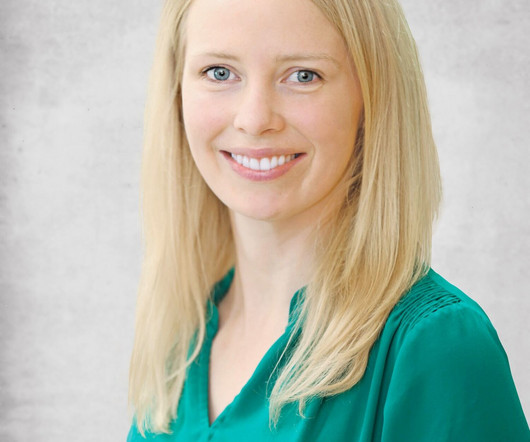Welcome Dr. Ruffo
OCFM
OCTOBER 23, 2020
October 23, 2020 / Jack Forbush, DO / News Jack Forbush, DO Helpful video out together by one. Notice of Privacy Policy

OCFM
OCTOBER 23, 2020
October 23, 2020 / Jack Forbush, DO / News Jack Forbush, DO Helpful video out together by one. Notice of Privacy Policy

FDA Law Blog
JANUARY 4, 2023
Brevig, Senior Regulatory Device and Biologics Expert — On December 7, 2022, FDA’s Center for Biologics Evaluation and Research (CBER) and the Office of Tissues and Advanced Therapies (OTAT) held a town hall to answer questions related to cell therapy and tissue-engineered products chemistry, manufacturing, and controls (CMC).
This site is protected by reCAPTCHA and the Google Privacy Policy and Terms of Service apply.

FDA Law Blog
OCTOBER 10, 2023
By Philip Won & Véronique Li, Senior Medical Device Regulation Expert — As we recently blogged , FDA released three draft guidance documents to help enhance the predictability, consistency, and transparency of the 510(k) program. One of these documents focuses on “ Evidentiary Expectations for 510(k) Implant Devices.”

Physician's Practice
JUNE 27, 2025
Reynolds Blog Article The small details, like restroom cleanliness, shape patient perceptions and impact healthcare experiences in practices. This may cause you to question the airline’s attention to details like engine maintenance or losing passenger’s luggage.

FDA Law Blog
FEBRUARY 22, 2023
In 2016 , the agency issued its definitive HF guidance, guide manufacturers through human factors engineering processes during the development of new medical devices, focusing specifically on the user interface.

FDA Law Blog
DECEMBER 15, 2024
For tissue-engineered medical products, examples may include biomechanical testing to assess the ability of a vascular graft to tolerate repeat access without leaking, permeability testing to assess the characteristics of a skin graft, or cellular distribution throughout a cell scaffold construct.

FDA Law Blog
JANUARY 2, 2022
In Silico Clinical Trials, where “device performance is evaluated using a ‘virtual cohort’ of simulated patients with realistic anatomical and physiological variability representing the indicated patient population.”. A model that is credible in one context may not be credible in another.
Let's personalize your content